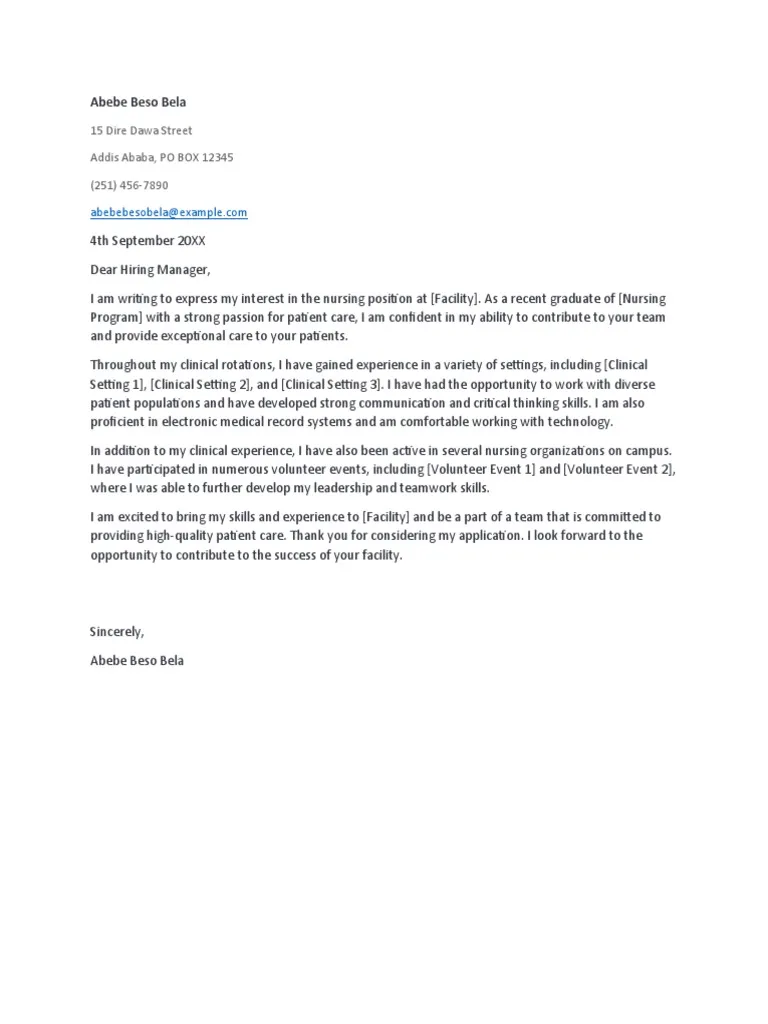What is a CV Cover Letter
A CV cover letter, also known as a cover letter, is a crucial document that accompanies your curriculum vitae (CV) or resume when applying for a job. It serves as your introduction to the hiring manager, providing a snapshot of your skills, experience, and personality. Unlike your CV, which is a factual summary of your qualifications, the cover letter offers an opportunity to personalize your application and demonstrate your genuine interest in the role and the company. A well-crafted cover letter can significantly increase your chances of getting an interview, as it highlights why you are the best fit for the position and sets you apart from other candidates. It should not merely repeat information from your CV but rather elaborate on it, connecting your experiences and skills to the specific requirements of the job. Moreover, it’s a chance to showcase your communication skills and writing style, making a lasting impression on the recruiter.
Purpose of a CV Cover Letter
The primary purpose of a CV cover letter is to introduce yourself to the hiring manager and express your interest in the job. It provides context to your CV, allowing you to explain why you’re the perfect candidate for the position. The cover letter allows you to highlight your key skills and experiences, linking them directly to the job requirements outlined in the job description. It also provides an opportunity to showcase your personality and enthusiasm for the role and the company. The cover letter is a chance to show that you have done your research about the company. It’s a way to demonstrate that you’re not just another applicant but a person who is genuinely interested in the opportunity and the organization. Furthermore, it allows you to address any potential gaps in your CV or provide additional information that may not fit directly into the structured format of your resume.
Benefits of a Well-Written Cover Letter
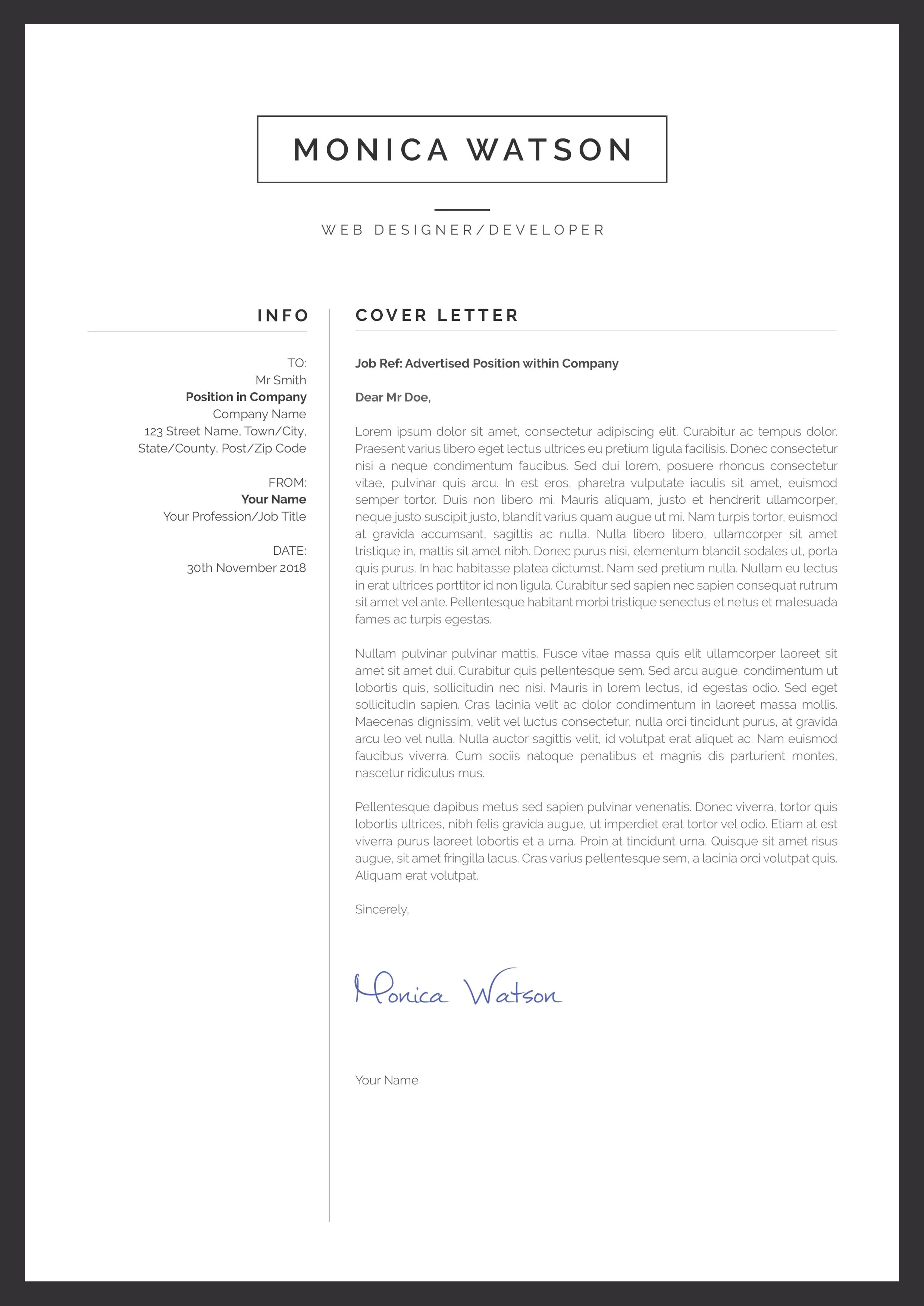
A well-written CV cover letter can significantly boost your job application. It gives you the chance to make a strong first impression, setting the tone for the rest of your application. It demonstrates your communication skills, including your writing style and ability to articulate your thoughts effectively. By tailoring your cover letter to each job application, you can highlight the most relevant skills and experiences, increasing your chances of getting noticed by the hiring manager. A cover letter also provides an opportunity to express your enthusiasm and genuine interest in the position and the company. Moreover, it allows you to address any concerns or gaps in your CV proactively. This can include explaining career changes, addressing periods of unemployment, or highlighting unconventional experiences that are relevant to the job. A compelling cover letter showcases your personality, making you more memorable and helping you stand out from the competition.
Key Components of a Winning CV Cover Letter
Contact Information
At the top of your cover letter, include your contact information. This should include your full name, phone number, email address, and optionally, your LinkedIn profile URL. Make sure this information is up-to-date and professional. Present your contact information in a clear and concise manner, typically aligned to the left or right. This allows the hiring manager to quickly and easily find how to reach you if they want to schedule an interview. Double-check all contact details to ensure there are no typos, preventing any potential miscommunication. A well-presented contact section also gives an impression of professionalism and attention to detail, which are crucial elements in any job application. Avoid using unprofessional email addresses; opt for a professional one that includes your name.
Personalized Salutation
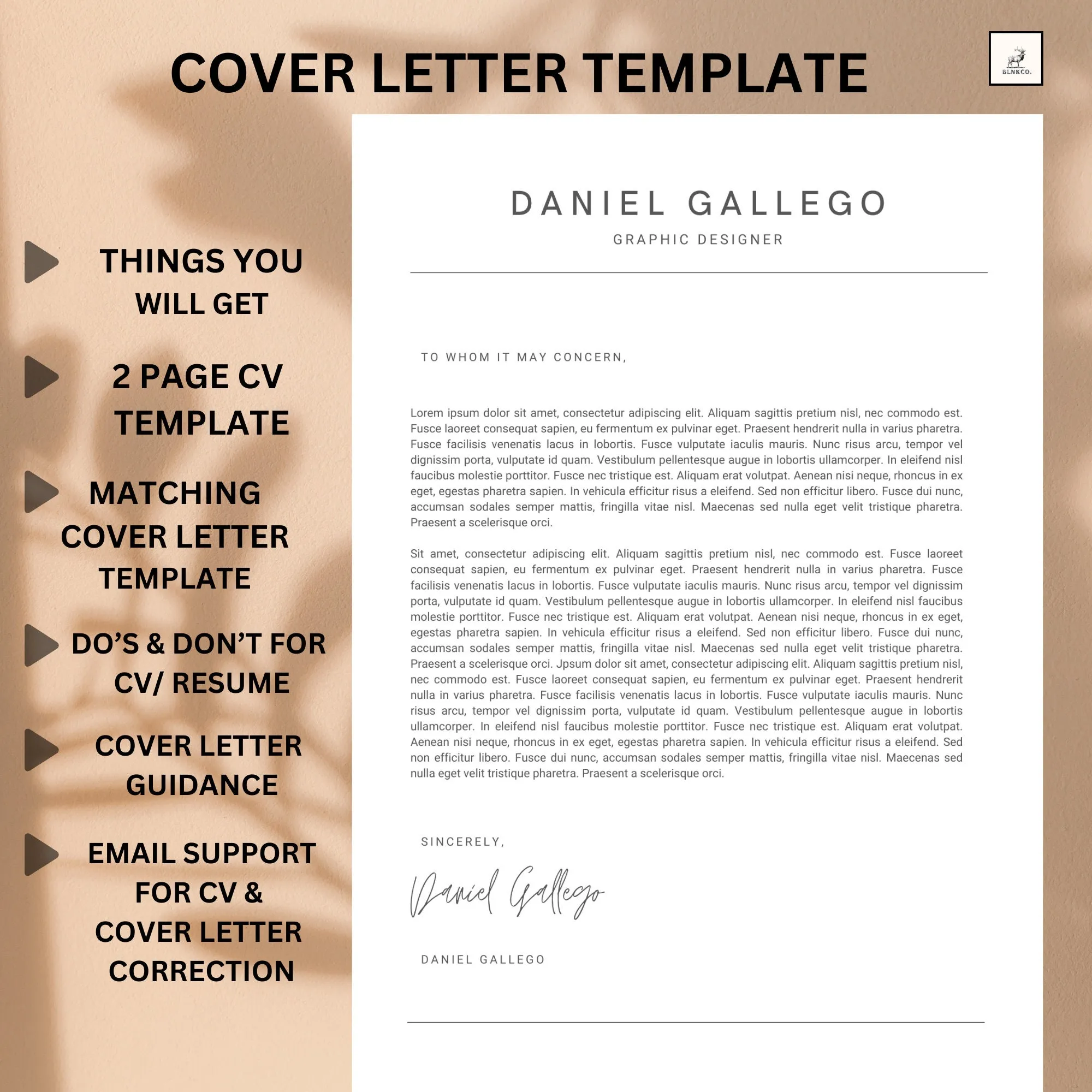
Addressing the hiring manager by name is essential for making a positive first impression. Research the name of the hiring manager or recruiter and address your cover letter to them. This personalization shows that you’ve taken the time to research the company and the role. If you can’t find a specific name, use a general greeting such as “Dear Hiring Manager.” Avoid using outdated or overly formal salutations, such as “To Whom It May Concern.” A personalized greeting shows you care about the specific opportunity and aren’t just sending out a generic application. This simple step makes your cover letter stand out and demonstrates your commitment to the job. Proper research and personal touch make your application more professional and increase the likelihood of it being considered seriously.
Opening Paragraph
The opening paragraph is your chance to grab the reader’s attention. Clearly state the position you are applying for and where you found the job posting. Briefly mention your most relevant qualifications or skills and express your enthusiasm for the role and the company. Make the opening paragraph concise and engaging, creating an immediate connection with the reader. Explain why you are interested in the specific role and the company. Avoid generic phrases and tailor your opening to the job requirements. A compelling opening sets the tone for the rest of your cover letter and encourages the hiring manager to continue reading. The introduction should be concise, compelling, and clearly state your purpose for writing, immediately capturing the reader’s interest and demonstrating your suitability for the role.
Body Paragraphs
The body paragraphs are where you elaborate on your skills, experiences, and accomplishments. Provide specific examples that demonstrate your abilities and how they align with the job requirements. Use the STAR method (Situation, Task, Action, Result) to describe your achievements. Focus on the value you can bring to the company, highlighting how your skills and experiences align with the job description. Aim to show, not just tell, by providing concrete examples of your past accomplishments and what you learned from them. Tailor each body paragraph to address the specific needs of the job, focusing on the key skills and qualifications. Use keywords from the job description and quantify your achievements whenever possible to make your qualifications more impactful.
Highlighting Relevant Skills and Experience
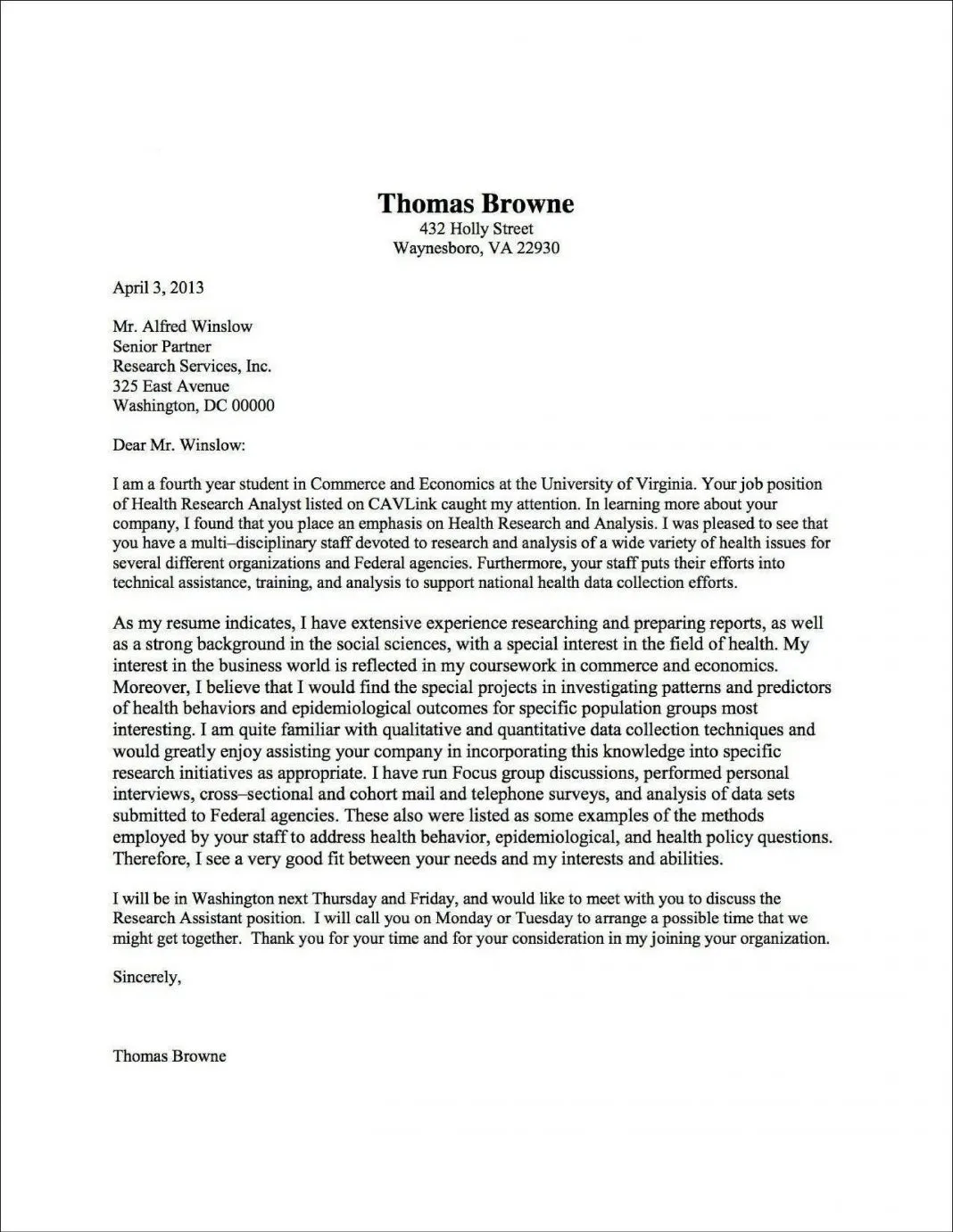
Carefully review the job description and identify the key skills and experiences that the employer is seeking. In your body paragraphs, highlight these skills and experiences and provide specific examples of how you have used them in the past. Tailor your cover letter to each job, emphasizing the most relevant aspects of your background. Explain how your skills and experiences align with the job requirements, and explain how your skills and experience are relevant to the job requirements. Use action verbs to describe your accomplishments. The goal is to demonstrate that you have the qualifications the employer is looking for and that you’re a good fit for the role.
Quantifying Achievements
Whenever possible, quantify your achievements with numbers and data. Instead of saying “Improved customer satisfaction,” say “Increased customer satisfaction by 15% through implementing a new feedback system.” Use metrics to demonstrate the impact of your work and show the value you brought to previous employers. Providing quantifiable results makes your accomplishments more tangible and convincing. This helps employers understand the direct impact you had in your previous roles and what you can accomplish in the new position. Quantifiable data adds credibility to your claims and makes your cover letter more compelling.
Demonstrating Company Knowledge and Enthusiasm
Show that you have researched the company by mentioning their mission, values, or recent projects. Explain why you are interested in working for this specific company and how your goals align with theirs. Demonstrating knowledge of the company and its industry shows that you have a genuine interest in the opportunity. Express your enthusiasm for the role and highlight how your skills and experiences align with the company’s needs. This shows that you are not just looking for a job, but are genuinely interested in contributing to the company’s success. A show of knowledge and enthusiasm makes your cover letter more personal and indicates you’re serious about working there.
Closing Paragraph
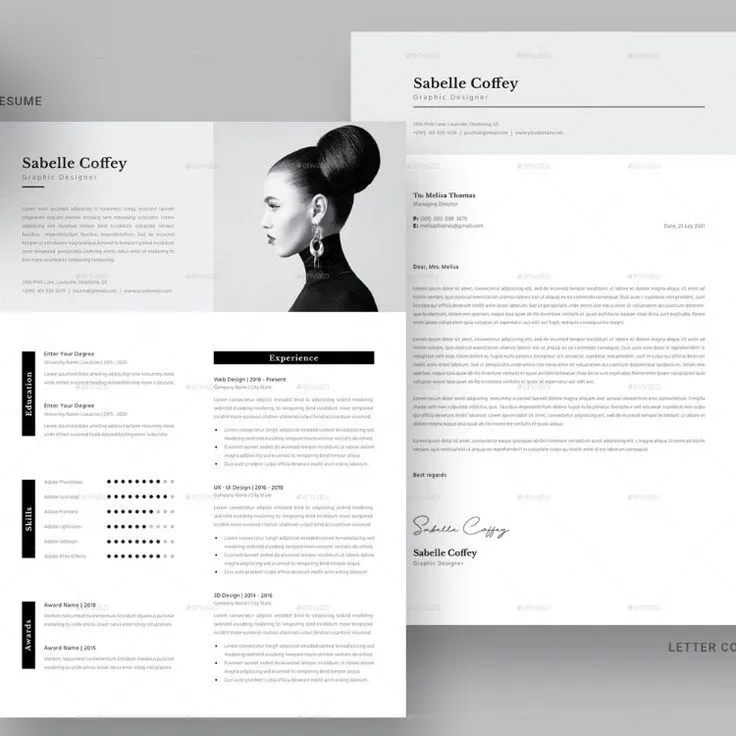
In your closing paragraph, summarize your key qualifications and reiterate your interest in the position. Thank the hiring manager for their time and consideration. Express your excitement about the possibility of an interview and your willingness to discuss your qualifications further. Keep the closing paragraph concise and professional, reinforcing your main points. The concluding paragraph is your last chance to leave a positive impression and summarize your key selling points. It should be confident and professional, ending on a positive note. The closing paragraph provides a final opportunity to reinforce your interest and make a strong final impression, making it more likely for the recruiter to consider you.
Call to Action
Include a clear call to action in your closing paragraph. State that you are eager to discuss your qualifications further and are available for an interview at their earliest convenience. This encourages the hiring manager to take the next step in the hiring process. This tells the hiring manager that you are serious and ready to move forward. It signals your proactive approach and increases the chances of getting invited for an interview. Adding a clear call to action makes it easier for the recruiter to take the next step in the process.
Formal Closing
Close your cover letter with a professional closing, such as “Sincerely,” “Best regards,” or “Thank you.” Avoid overly casual or informal closings. Make sure your closing aligns with the tone and formality of your entire cover letter. A professional closing adds the final touch of professionalism to your cover letter, which is critical for making a positive impression. This simple step shows attention to detail and reinforces your professional image. Ensure your closing is appropriate and conveys respect.
Formatting and Presentation

Font and Font Size
Choose a professional and easy-to-read font, such as Times New Roman, Arial, or Calibri. Use a font size between 10 and 12 points. Ensure consistency in your font choice throughout the cover letter. The right font and size can improve readability and give a professional appearance. Using a legible font makes your cover letter easier on the eyes, improving the reader’s experience. Choose a font that is appropriate for a professional context, enhancing your overall presentation.
Margins and Spacing
Set standard margins (1 inch on all sides) for your cover letter. Use single-spacing for the body of the letter and double-space between paragraphs. Proper spacing makes your cover letter visually appealing and easy to read. These formatting choices help make your document look clean and well-organized. Ensure your cover letter looks professional and is easy for the reader to navigate.
Length of the Cover Letter
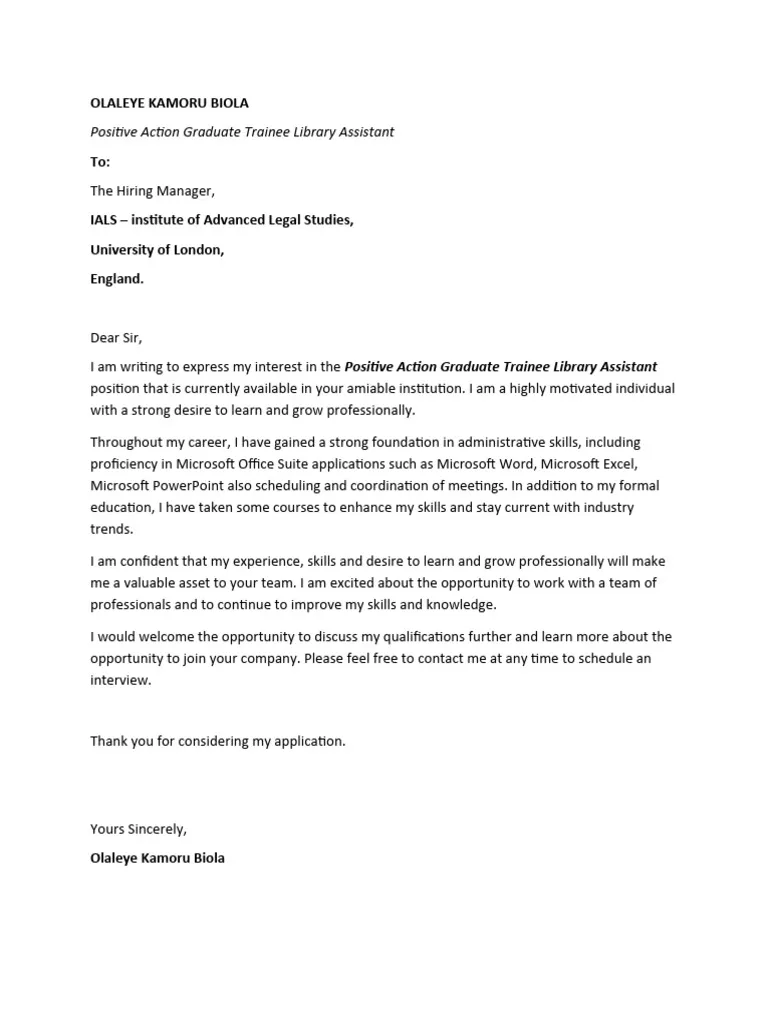
Keep your cover letter concise and to the point. Aim for one page, unless the job description specifically requests otherwise. Be selective about the information you include and focus on the most relevant details. A shorter cover letter demonstrates respect for the hiring manager’s time and focuses on the most important aspects of your qualifications. A concise cover letter shows you can communicate your value in a clear and effective manner.
Proofreading and Editing
Carefully proofread your cover letter for any typos, grammatical errors, or formatting mistakes. Use spell-check and grammar-check tools, but also read the letter carefully yourself. Ask a friend or family member to review your cover letter for any errors. A polished and error-free cover letter reflects your attention to detail and professionalism. Thorough proofreading ensures that your application presents you in the best possible light. Proofreading is a crucial step in the writing process and is often overlooked.
Common Mistakes to Avoid
Generic Cover Letters
Avoid using a generic cover letter template for all your applications. Tailor each cover letter to the specific job and company. Generic letters do not show that you’ve done your research or that you are interested in the specific opportunity. Hiring managers can easily tell if a cover letter is generic, so personalize your letter to demonstrate your unique fit for the role. Personalized cover letters show you care and are more likely to be considered seriously.
Typos and Grammatical Errors
Carefully proofread your cover letter for any typos or grammatical errors. Errors make your application look unprofessional and can undermine your credibility. Always use spell-check and grammar-check tools, but don’t rely on them entirely. Proofread your cover letter multiple times, and have someone else review it. A polished cover letter shows attention to detail and can improve your chances of getting an interview. Proofreading is critical to avoid errors, conveying your attention to detail and professionalism.
Ignoring the Job Description
Don’t ignore the job description. It’s the most important guide for your cover letter. Highlight the skills and experiences mentioned in the job description and explain how you meet the requirements. Address the specific needs of the role and tailor your cover letter accordingly. Ignoring the job description shows a lack of attention to detail and makes it less likely that you will be selected for an interview. Focusing on the requirements shows you care and are a good fit.
Tailoring Your CV Cover Letter
Researching the Company
Before writing your cover letter, research the company. Learn about their mission, values, and recent projects. Use this information to demonstrate your interest in the company and explain how your goals align with theirs. Showing that you have done your homework shows that you are serious about the opportunity and can make a lasting impression. By researching the company, you can speak to specifics in your cover letter, which shows that you are genuinely interested.
Using Keywords from the Job Description
Use keywords from the job description throughout your cover letter. This helps the hiring manager quickly identify that you meet the requirements for the role. Incorporate these keywords naturally, and don’t stuff your cover letter with them. Keywords can also help your application pass through applicant tracking systems (ATS). Incorporating keywords makes your application relevant and increases the chances of it being noticed. Proper usage ensures your application reaches the hiring manager.
CV Cover Letter Template
Contact Information Section
Your contact information should be at the top, which includes your full name, phone number, email address, and optionally, your LinkedIn profile URL. All these should be professional and updated. This section ensures the hiring manager can easily contact you. This ensures the recruiter can easily contact you to schedule an interview, and the contact details are clear and easy to find, making your application more accessible. Proper presentation also showcases professionalism and attention to detail, essential for making a positive first impression.
Skills and Experience Section
Use this section to detail your most relevant skills and experience, relating them to the requirements of the job. Show how your qualifications match the job’s needs with specific examples and quantifiable achievements. This section should highlight the skills and experiences that are most relevant, showing your suitability for the role. Providing concrete examples of your achievements and showcasing your qualifications makes a compelling case for your candidacy. Tailor your content for each application. Demonstrate a strong link between your past experiences and the job requirements. This ensures the employer can quickly see how your skills align with the role.
Closing Section
This should summarize your interest and invite further discussion. Thank the hiring manager, reiterate your enthusiasm, and provide a clear call to action, like offering to discuss your qualifications further. Make sure you end your cover letter on a positive note. A well-crafted closing section reinforces your interest and leaves a lasting, positive impression. A professional closing is a final touch and should align with the tone of the whole cover letter. A strong closing increases the chances of getting an interview and increases your chances of moving forward in the application process.
